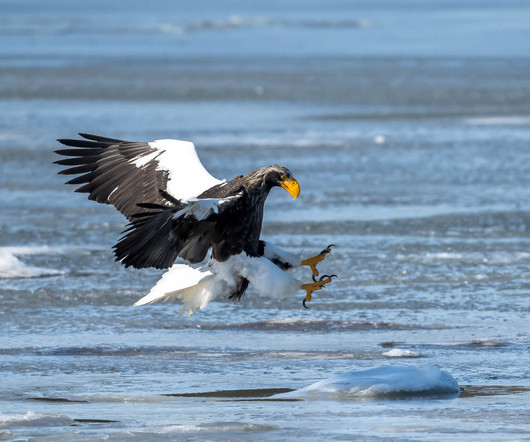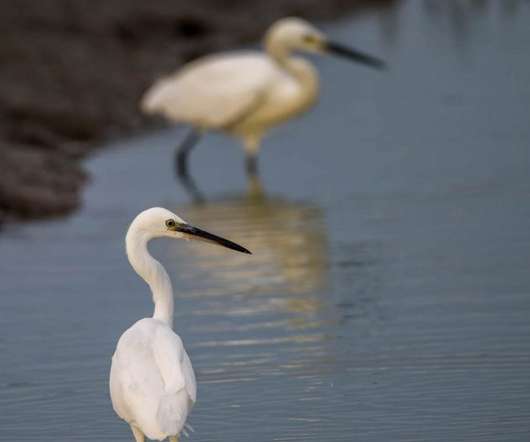A Fierce Cartoon Bird: Steller’s Sea Eagle on Hokkaido
10,000 Birds
APRIL 29, 2024
In what might nowadays be regarded as a slightly weird scientific practice, after meeting naturalist Daniel Gottlieb Messerschmidt, he married Messerschmidt’s widow after his death and got notes from Messerschmidt’s Siberia travels from her that had not been handed over to the Imperial Academy of Sciences.












Let's personalize your content